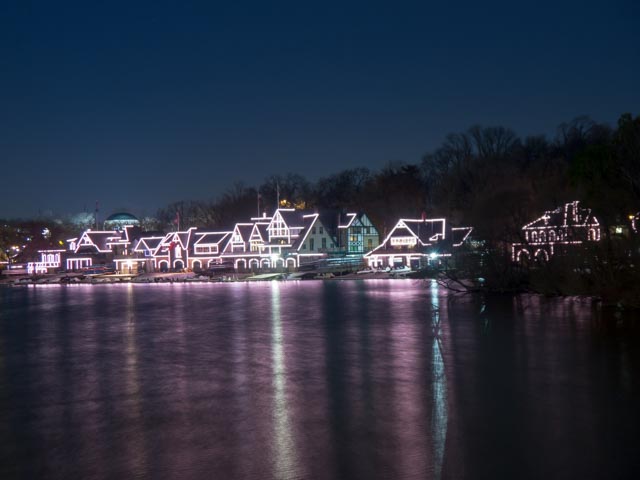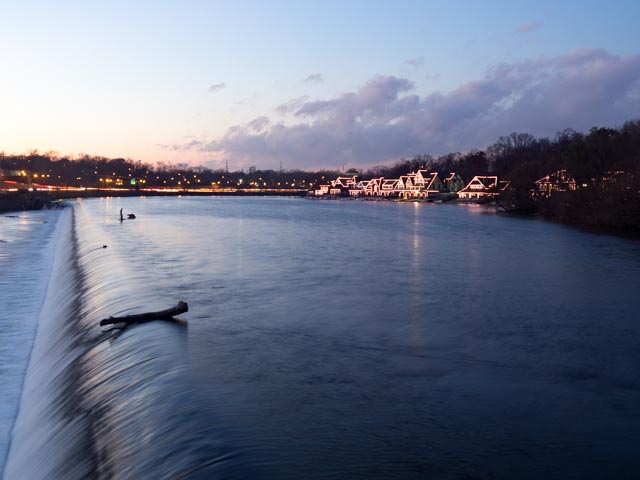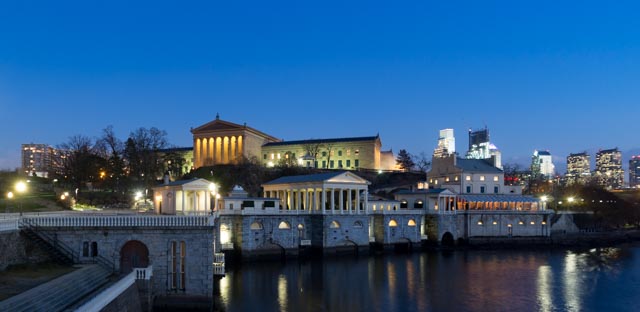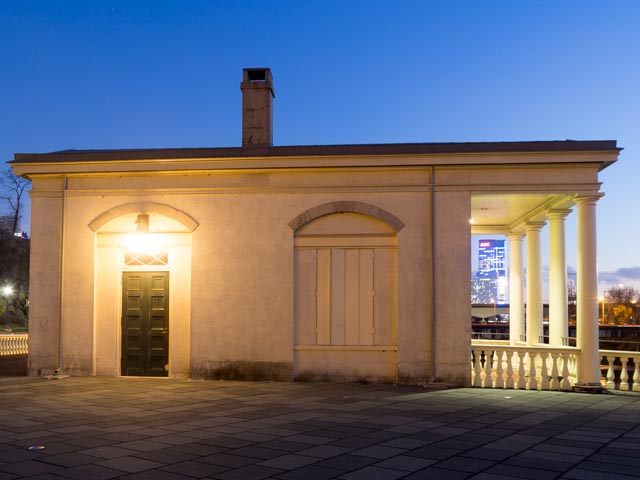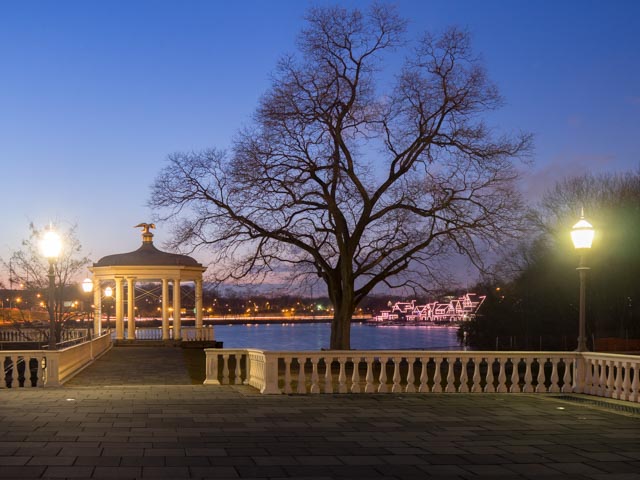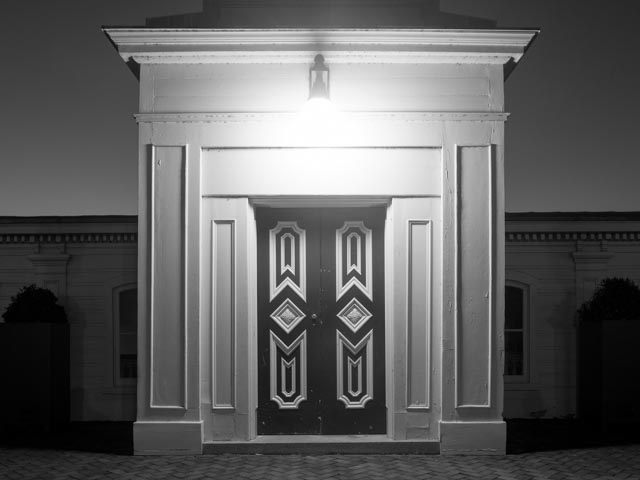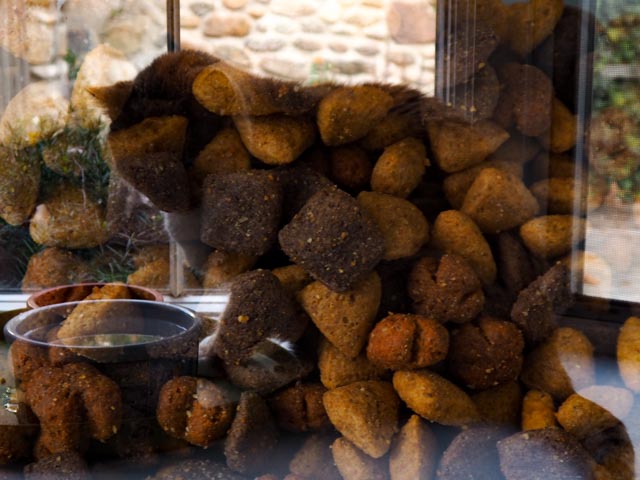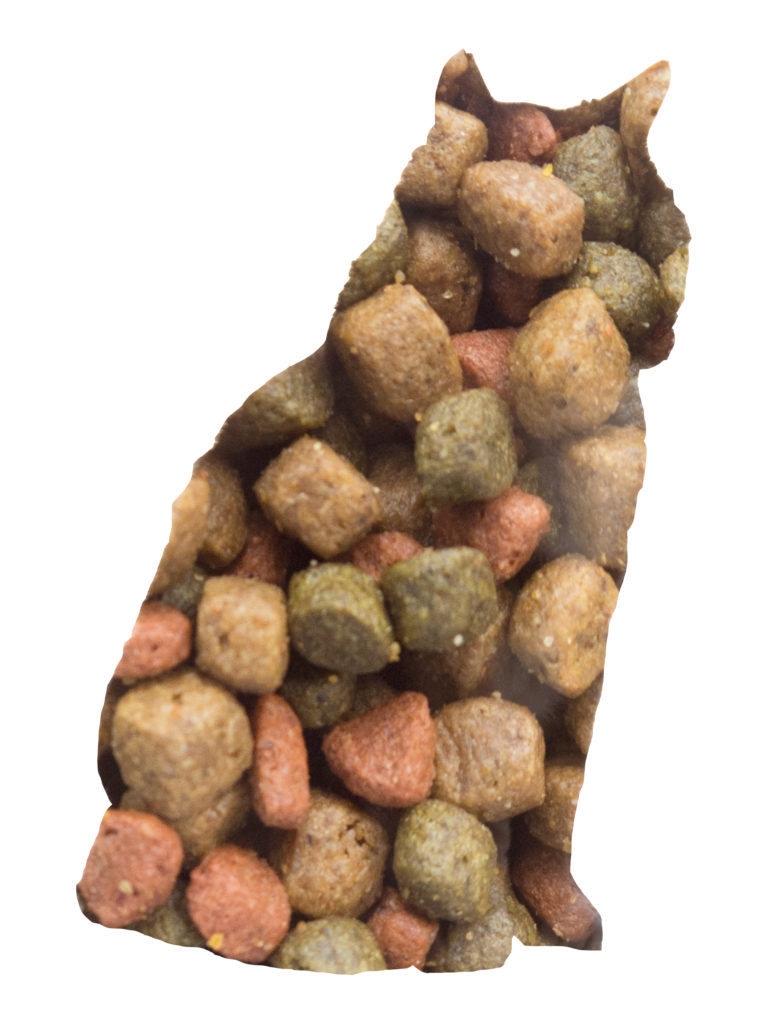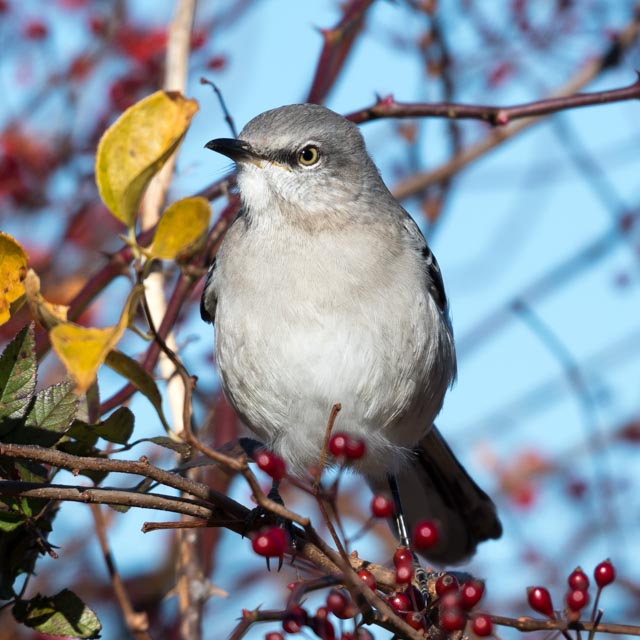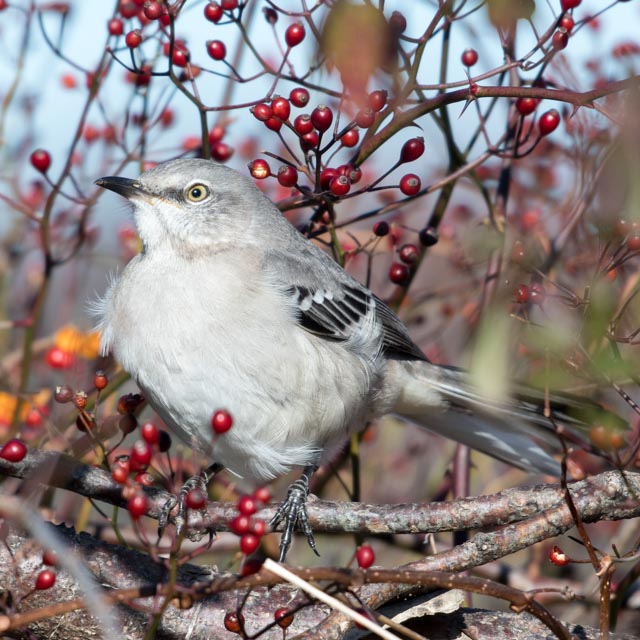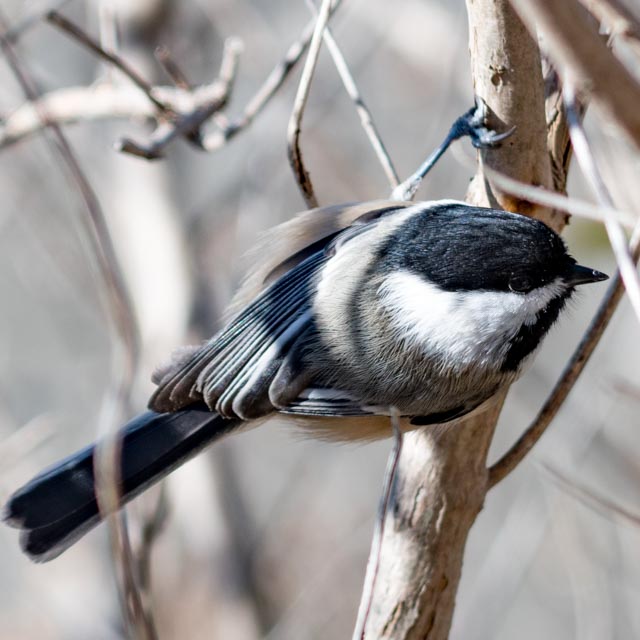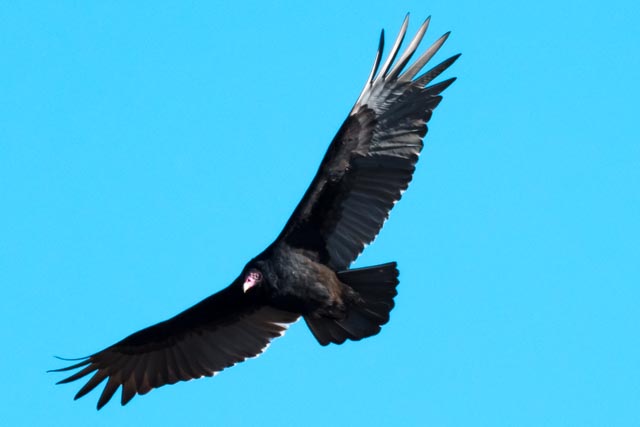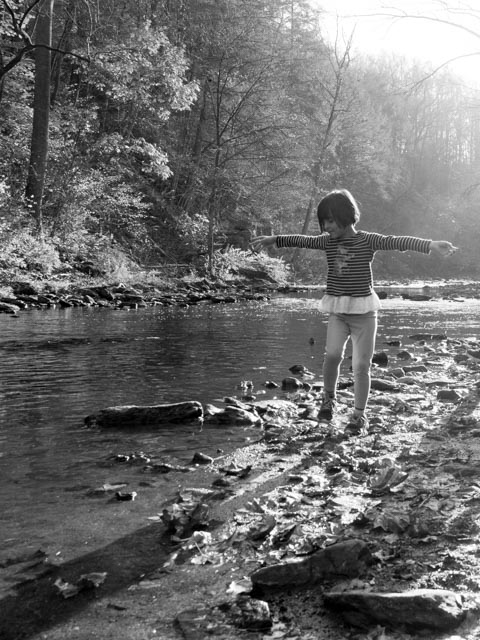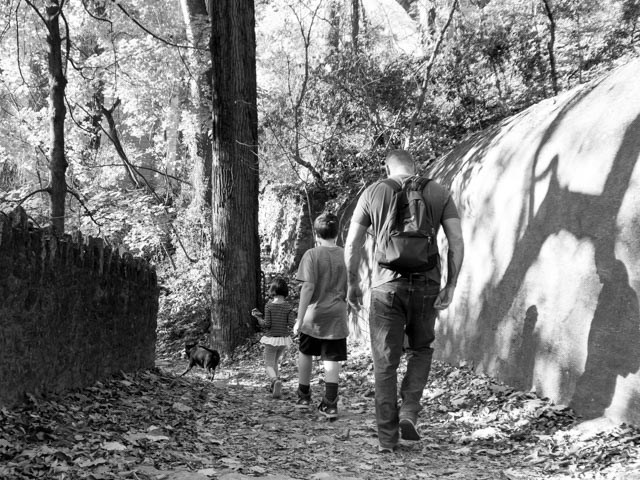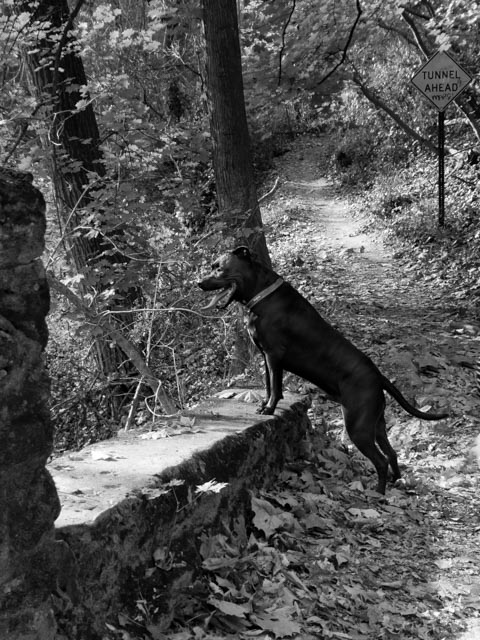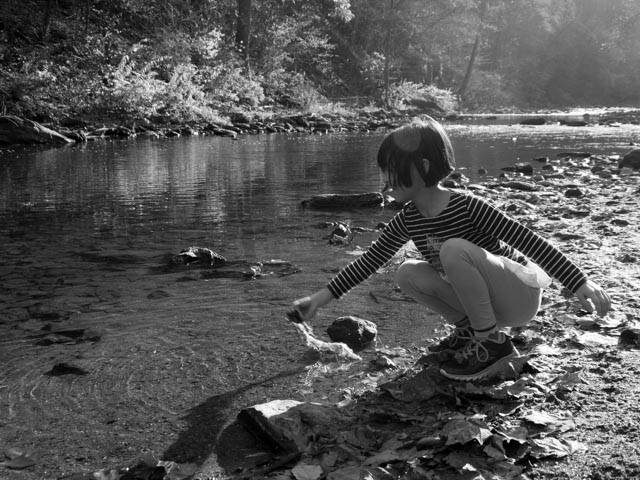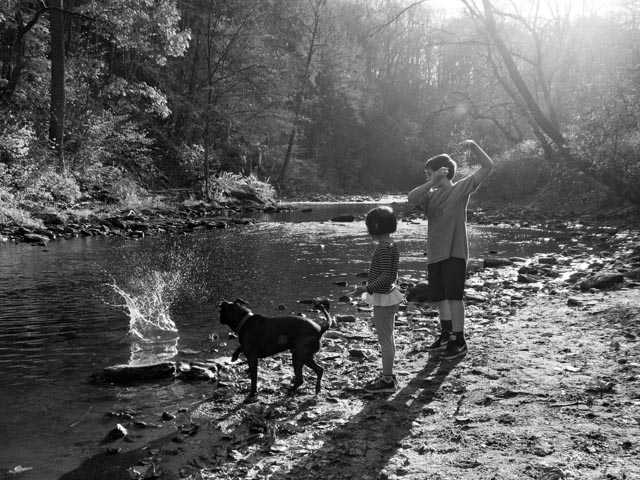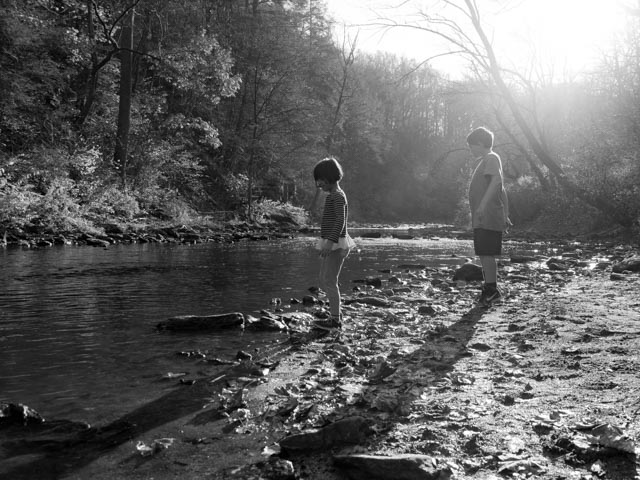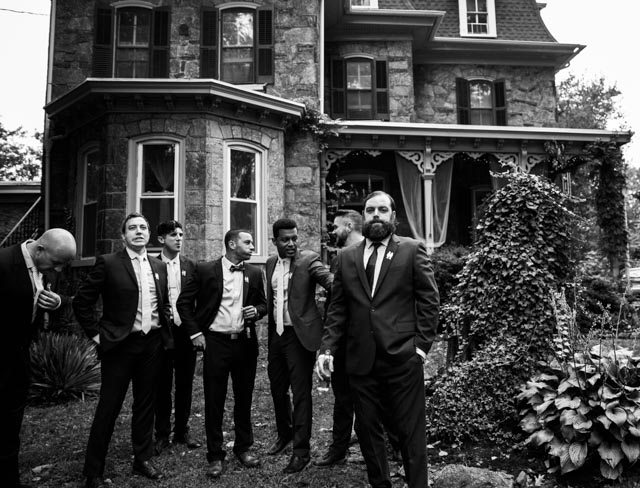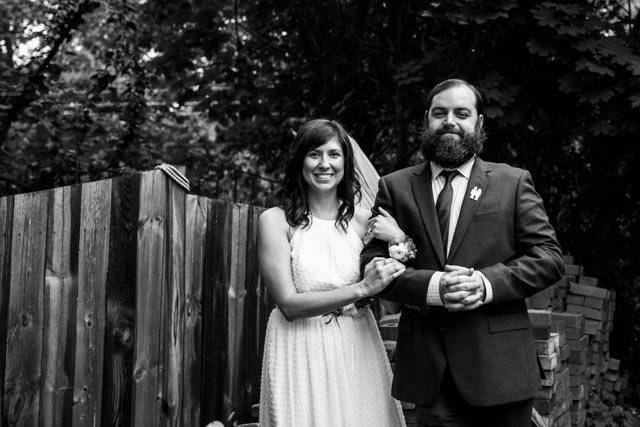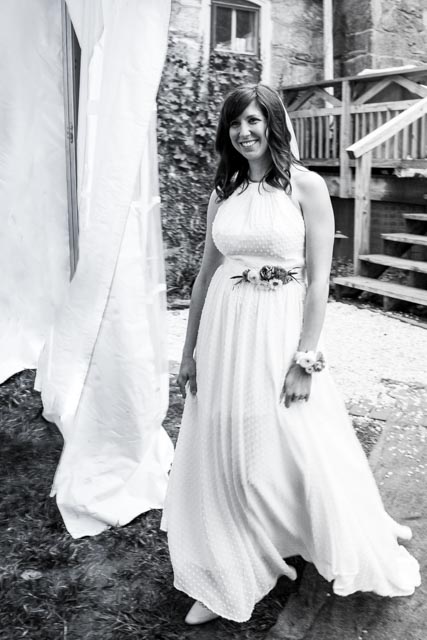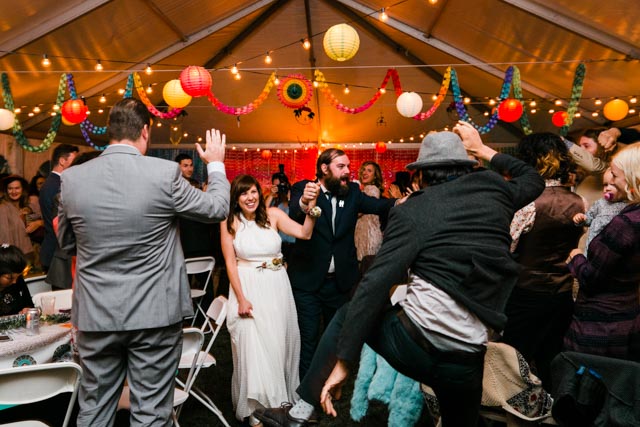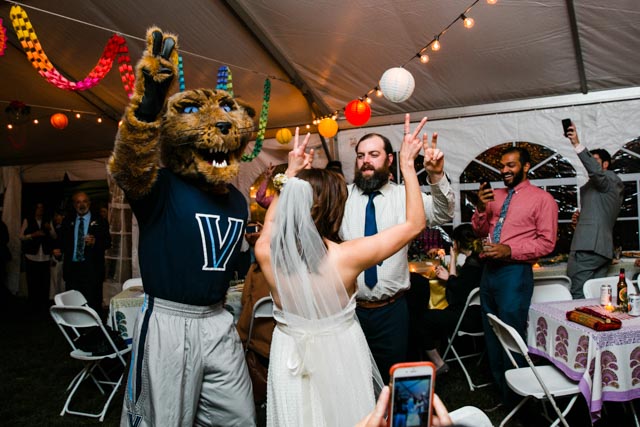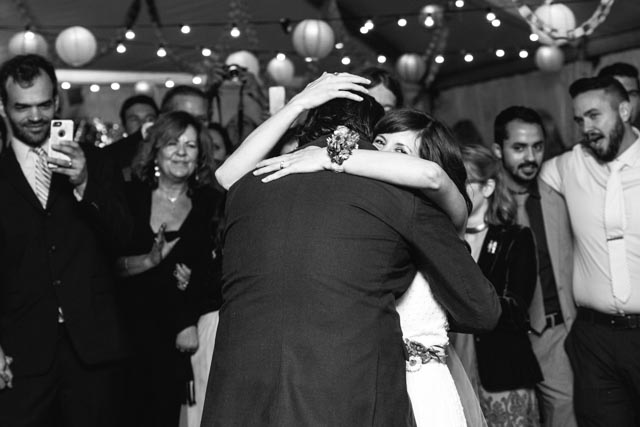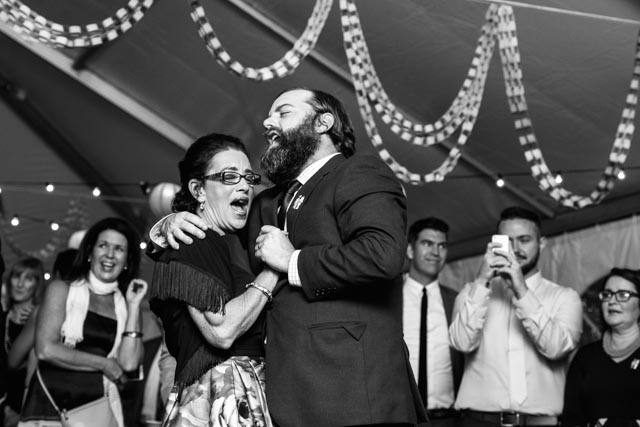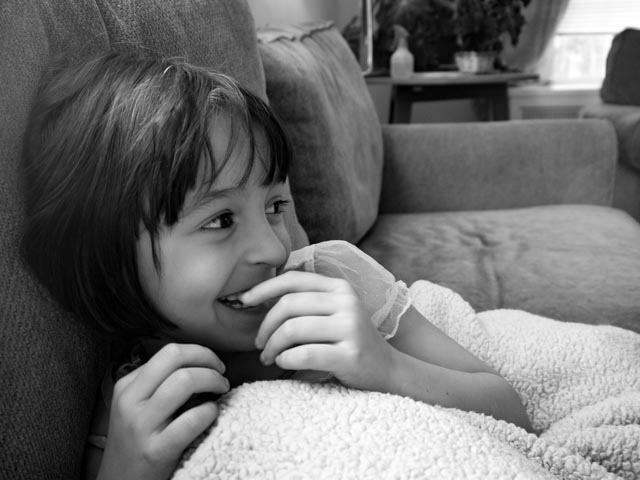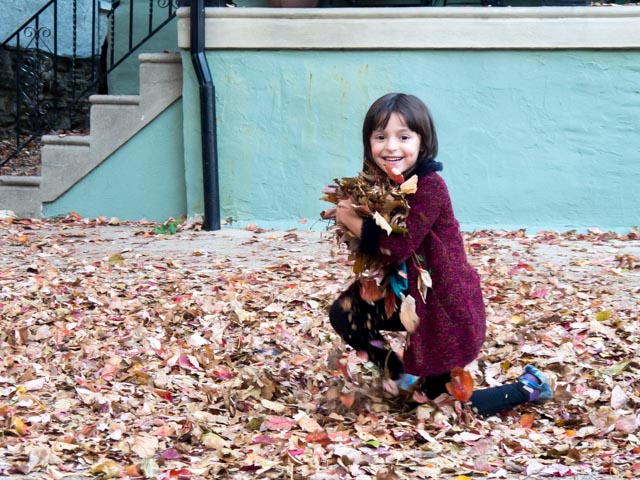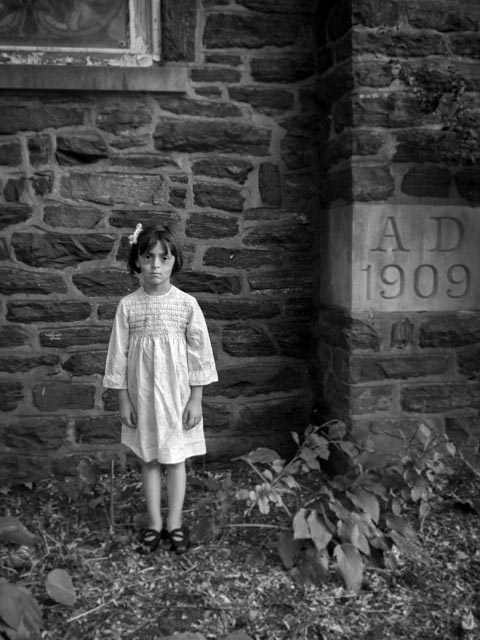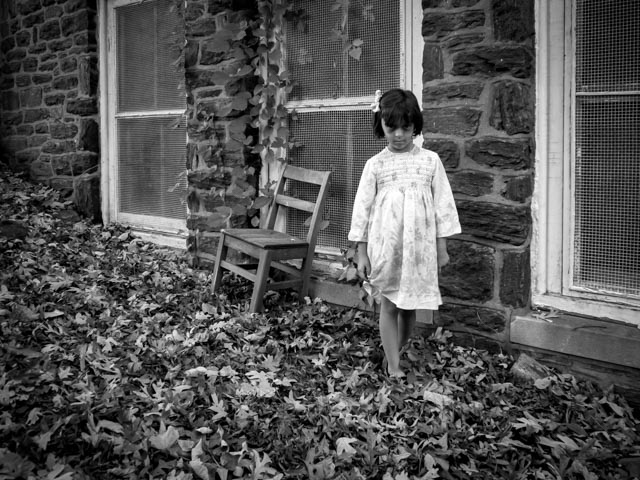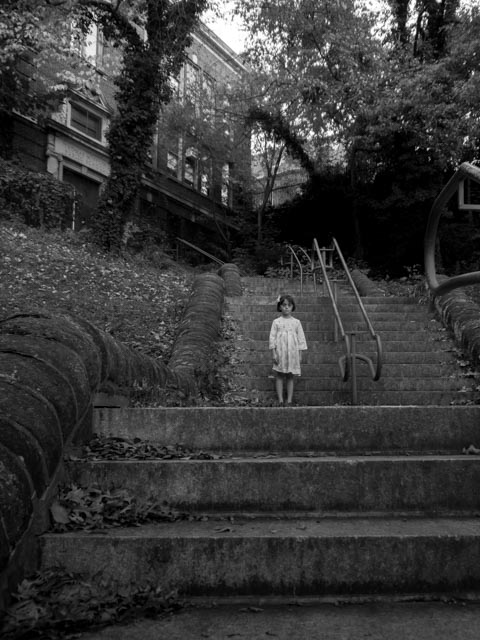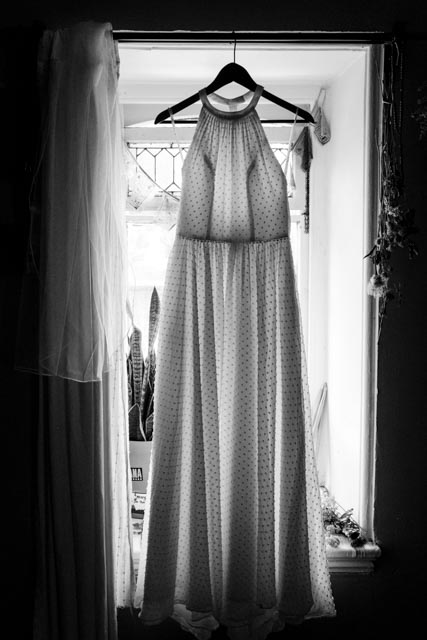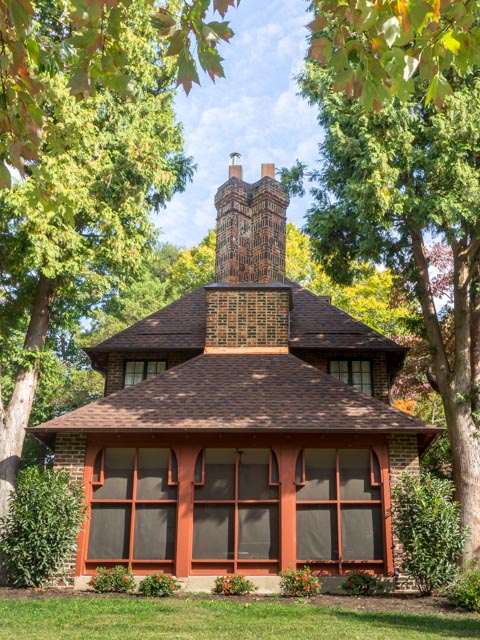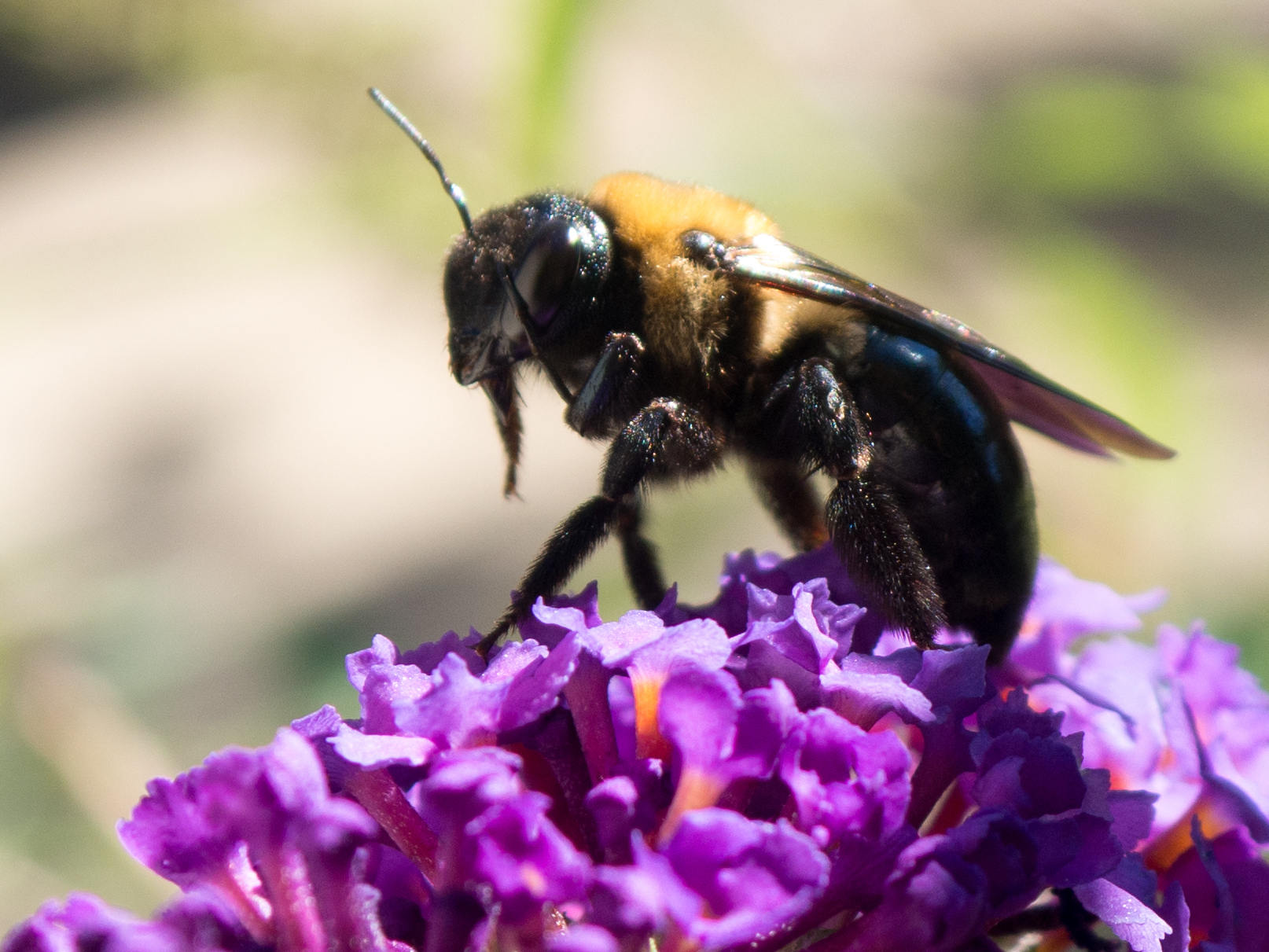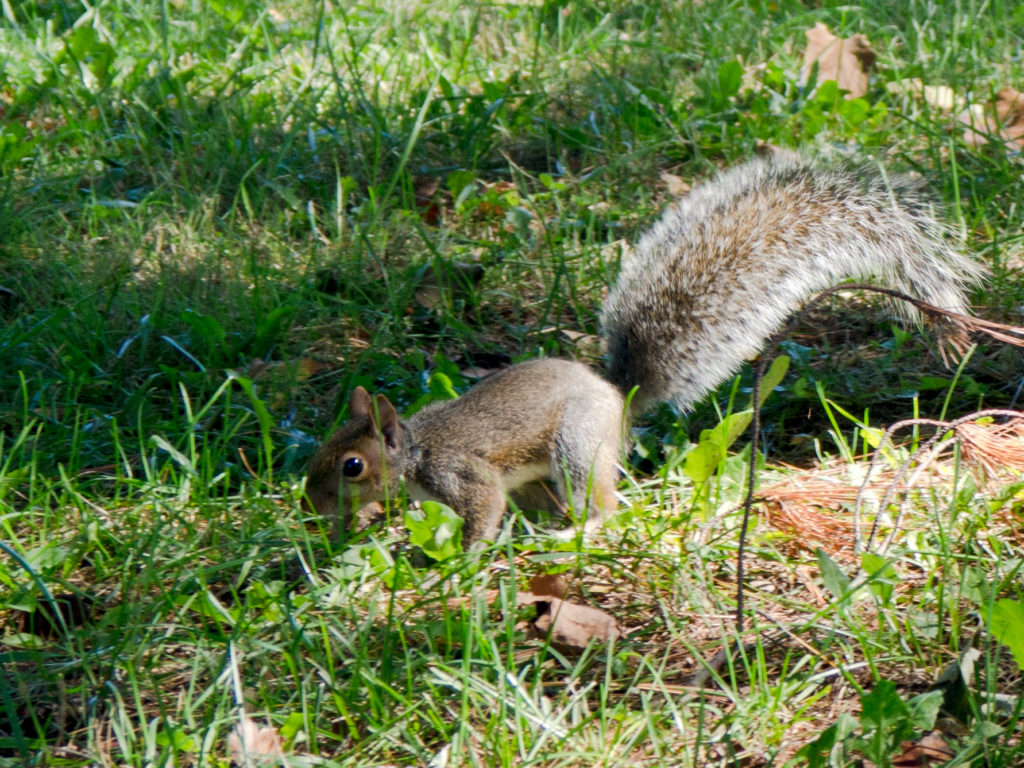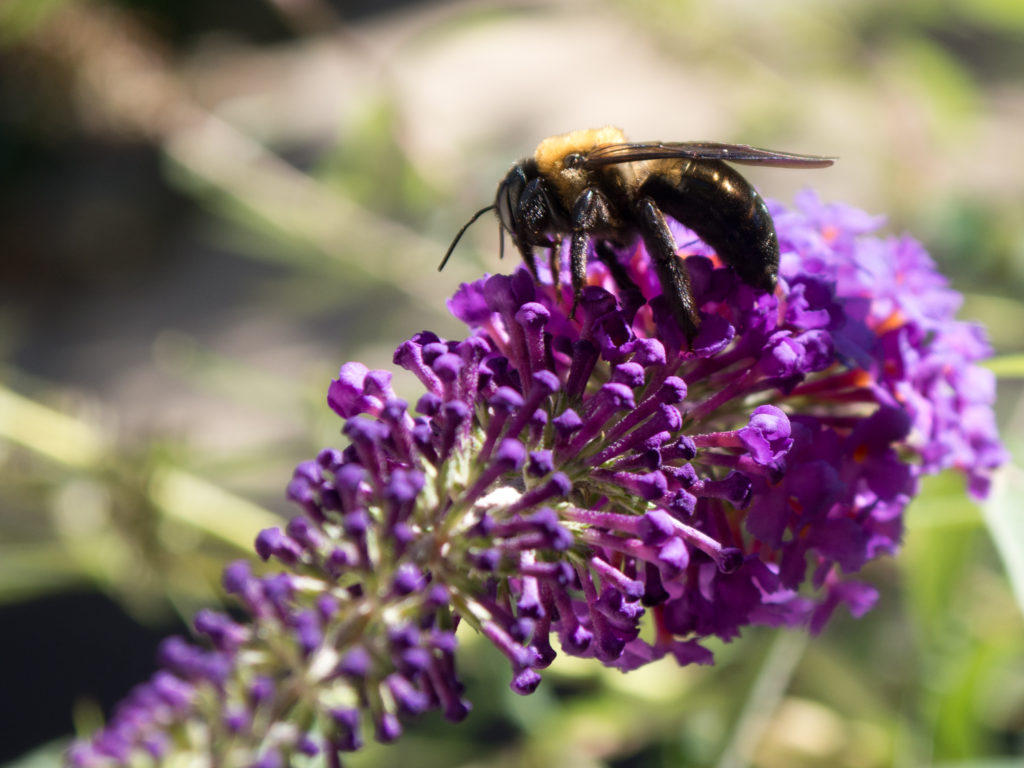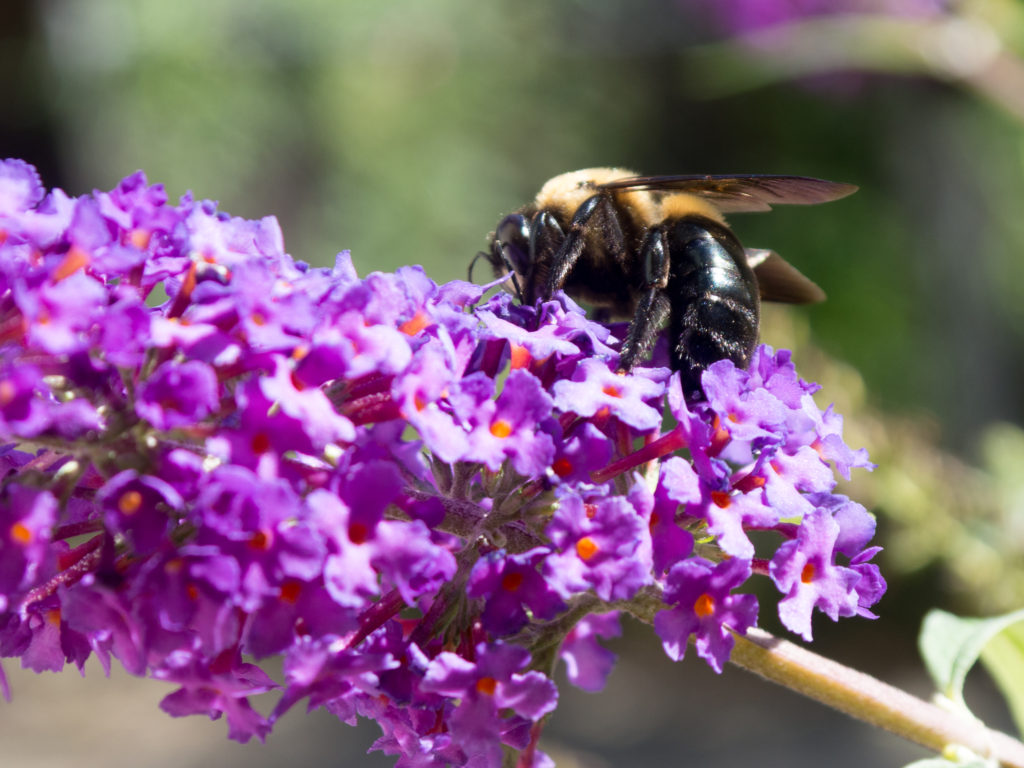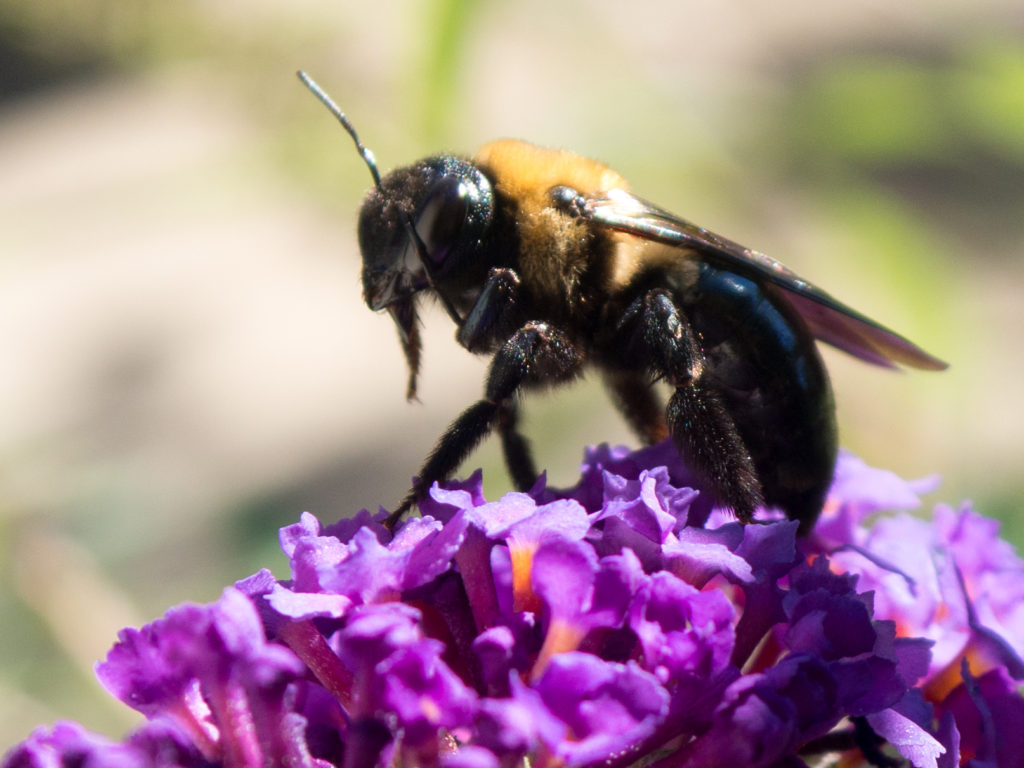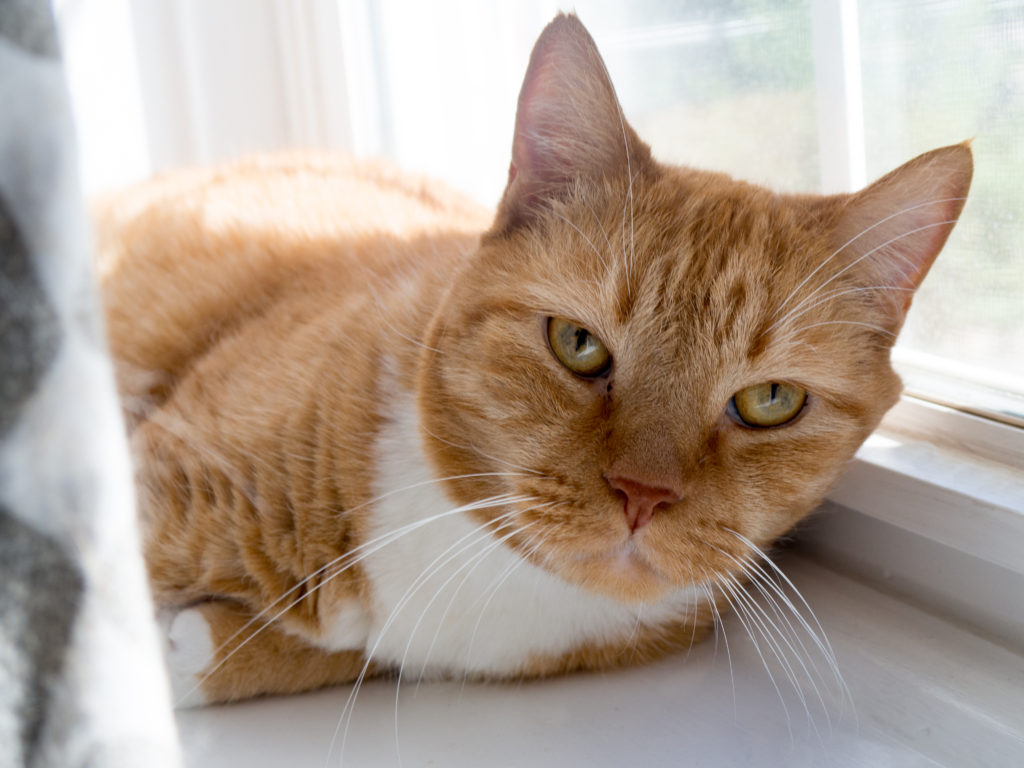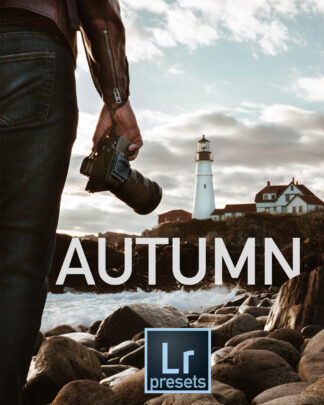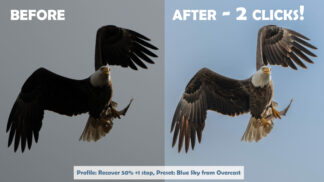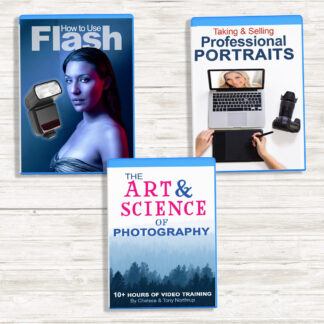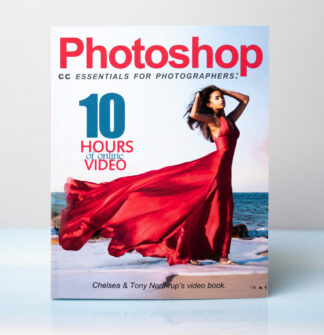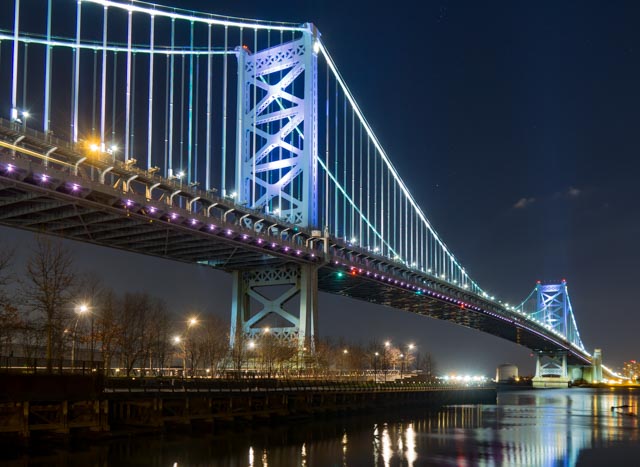
Wow, you guys. Night photography is incredibly difficult and I love it. Between keeping your camera steady for long exposures, balancing mixed lighting, and simply finding a focal point, I really had my work cut out for me.
First off, if you want to really get into night photography, read chapter 10 in Stunning Digital Photography. There are so many things that go into making a proper night shot, and so many different types of night photography depending on where you shoot and what your subject is. If you want to do star trails, start with this video:
And there’s a lot more free info on this page of our site.
I live in a city and don’t fancy staying out in the woods by myself to attempt star trails, so that was off my list. And as cool as light painting is, I wasn’t really interested in trying that yet either. So I went for what we have plenty of in the city: lights. As always, I was using my (borrowed) Olympus E-M10 and Lumix 14-42mm. I also borrowed a tripod from a dear and generous friend, as there was no way I was attempting night photography by hand. The first night I went out was a bit after sunset, and it got dark quick. I shot the Ben Franklin Bridge from a pier beneath it and amazingly captured some star constellations in the sky above it! Then I went down to the Philadelphia Water Works behind the art museum to try and get a shot of Boathouse Row, a lovely string of boathouses along the river decked out with Christmas lights. That shoot was… less successful. I didn’t have quite enough reach with my lens, the angle wasn’t great, and it was too dark out to make interesting light in the sky or on the water. Since it was so dark and we were so far from the houses, my shutter speed was crazy slow which made the water look smooth and glassy instead of freezing the motion. Because of this I went out again two nights later and tried again at the blue hour, when the sun had just set. I think this time was a bit more successful, but I still wasn’t thrilled with the results. The angle and distance from the houses just didn’t make a compelling shot.
So here’s what I picked up from my shoots:
-
Be prepared. Dress for the weather, bring a tripod for long exposures (you’ll need them!) and a spare battery (they die quicker in the cold). If you’re in a rural area, bring a flashlight! You don’t want to be messing with your camera in the dark. Also choose your time, setting, and weather wisely. A clear night makes for better shots than any inclement weather or haze.
- Choose your camera settings in advance. I set my camera to aperture priority, chose a moderate aperture and low ISO to reduce the noise and let the camera set the shutter speed as necessary. The first night I went out I bracketed my shots to get a good range of exposures to work with. The next night I just adjusted my exposure compensation by hand when I felt I needed to. You’ll want your shots to be brighter than you’d think, because you can recover more details when you edit them.
- Editing is key. Shooting in the city, you get lots of ambient light and your lighting is mixed from all the different light sources. Adjusting the white balance in post is a must. I needed to adjust the crop drastically for every shot (my tripod didn’t have a smooth pan and tilt.)
So my first shots were of the bridge, and here’s the one I liked the best:
Not sure if you can see in a jpg, but the big dipper is at the top!
Now I’ll show you boathouse row on my first shoot vs. my second shoot:
Meh.
Better? But I still don’t love it.
Here’s a panorama of the Water Works:
There’s a lot going on here with no real focal point though.
A cute little building with a glimpse of the FMC Tower.
Gazebo, tree, boathouses.
Doorway.
So that’s what I wound up with. I think my bridge shot was the most successful, which is a bit disappointing since it was literally in the first 10 shots I took. I really wanted to make Boathouse Row happen, but I just didn’t have a great angle on it. I think I still underexposed most of my shots which is unfortunate. I didn’t rely on my histogram like Tony suggested (always listen to Tony)! But how’d I do?
I can’t wait to see all your shots during the live show this week with our special guest, Kyle Wolfe!

